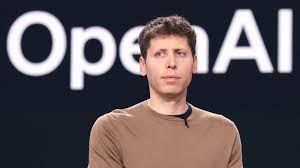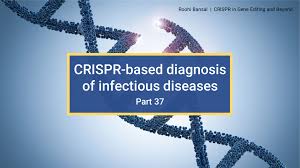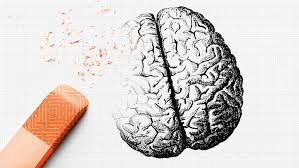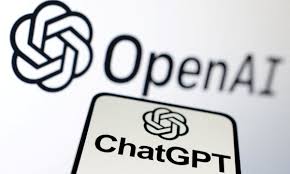Science
Featured
The AGI Gambit: Sam Altman's Vision for a Superintelligent Future and the Governance Tightrope
Editor
Jun 21, 2025
min read
4 views

For Sam Altman, the CEO of OpenAI, the ultimate goal has never been just about creating better chatbots or more efficient coding assistants. His vision, and the foundational mission of the company he leads, is far more audacious: the creation of Artificial General Intelligence (AGI), a form of AI that can reason, learn, and perform a vast range of tasks at or above human-level capabilities. In recent months, Altman has become increasingly vocal about this objective, painting a picture of a future where AGI could solve some of humanity's most pressing problems, from climate change to disease.
In a recent interview, Altman articulated the evolutionary path he sees for OpenAI's models, from the current GPT-4 and the newly introduced o3 series towards a future GPT-5 or GPT-6 that could represent a significant leap towards AGI. He envisions a single, integrated model that can seamlessly switch between modalities—text, voice, video, and code—and intelligently decide when to search the web, when to perform a complex calculation, or when to engage in deep, critical thinking. 'We want one model that integrates all capabilities, knowing when to think deeply or when to take action,' he explained, describing what he termed the 'AGI model.'
This pursuit of AGI is not just a theoretical exercise; it is the driving force behind OpenAI's research priorities, its massive fundraising efforts, and its strategic direction. The company is investing heavily in scaling its reinforcement learning techniques, which allow models to learn from experience and improve their reasoning abilities over time. The development of the 'o3' model, which has shown significant improvements in complex reasoning tasks, is a clear step in this direction. OpenAI is also exploring how to give its models access to external tools, enhancing their ability to interact with the world and solve real-world problems.
However, the prospect of AGI also brings with it a host of profound ethical and safety challenges. The very idea of a machine that could be 'smarter than us,' as Altman has mused, raises fundamental questions about control, alignment, and the potential for unintended consequences. Critics and AI safety researchers have long warned of the risks associated with superintelligence, from the potential for job displacement on a massive scale to more catastrophic scenarios involving a loss of human control over AI systems.
OpenAI has publicly acknowledged these risks and has committed to a responsible approach to AGI development. The company has established a dedicated safety and alignment team and is actively researching ways to ensure that future AI systems are 'robust, aligned, and steerable.' This includes developing techniques for 'constitutional AI,' where models are trained to adhere to a set of ethical principles, and conducting extensive 'red teaming' exercises to identify and mitigate potential vulnerabilities.
One of the most pressing safety concerns is the potential for 'dual-use' technologies, where AI capabilities designed for beneficial purposes could be co-opted for malicious ends. In a recent announcement, OpenAI detailed its approach to a particularly sensitive domain: biology. The company acknowledged that as its models become more capable in areas like drug discovery and vaccine design, they could also potentially be used to design bioweapons. To address this, OpenAI is collaborating with biosecurity experts and government entities, training its models to refuse harmful requests, and developing sophisticated monitoring systems to detect and prevent misuse.
This proactive stance on safety is part of a broader governance challenge that OpenAI is grappling with. The company's unique 'capped-profit' structure was designed, in part, to balance the need for commercial funding with its non-profit mission. The board of the non-profit parent company technically has the power to intervene if it believes the for-profit subsidiary is acting in a way that endangers humanity. However, the dramatic events of late 2023, which saw Sam Altman briefly fired and then reinstated as CEO, exposed the fragility of this governance structure and raised questions about who truly controls the direction of the world's leading AI company.
As OpenAI pushes closer to its AGI goal, the pressure to get this governance right will only intensify. The company faces a delicate balancing act: it must foster rapid innovation to stay ahead in a competitive field, while simultaneously building robust safety mechanisms and earning public trust. Lawmakers and regulators around the world are also taking a keen interest, with discussions underway about new legislation to govern the development and deployment of advanced AI.
Sam Altman's AGI gambit is one of the most ambitious and consequential undertakings in modern science. The potential benefits are immense, but so are the risks. The success of this endeavor will depend not only on technological breakthroughs but also on the wisdom and foresight of those who are building this powerful technology. The world is watching to see if OpenAI can navigate the treacherous path to AGI without losing sight of its founding promise to benefit all of humanity.
Editor
League Manager Editorial Team






Leave a Comment